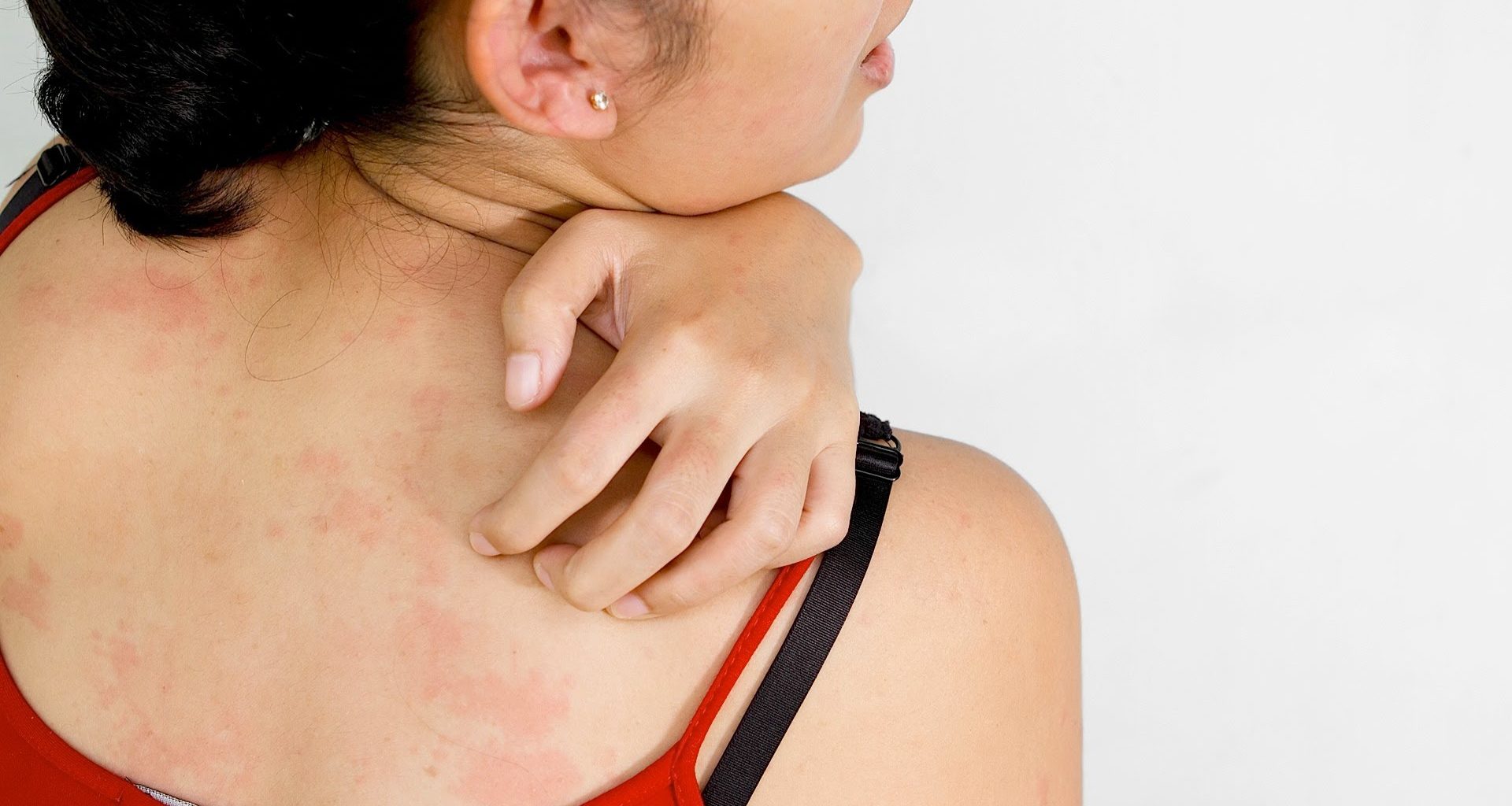Knowing some important facts on discoid lupus will help you understand the chronic dermatological disease much better, whether you’re the one with the condition or somebody you know.
- Discoid lupus is a type of autoimmune disorder like rheumatoid arthritis and multiple sclerosis.
An autoimmune disorder is a condition wherein the immune system attacks the body’s own tissue and not just invading microorganisms that should be the ones dealt with. Commonly, the treatment for an autoimmune disorder such as discoid lupus is to reduce the activity of the immune system.
- Discoid lupus affects the skin and causes rashes to form.
What makes discoid lupus different from systemic lupus erythematosus (SLE) is the fact that it tends to affect the skin only. The latter, on the other hand, can attack various parts of the body such as the internal organs. However, experts say that about 1 in 10 people afflicted with discoid lupus will develop SLE.
- Butterfly is the symbol used by many discoid lupus organizations or societies.
The reason for this is some sufferers of discoid lupus develop a distinguishing red rash across the face that usually resembles the shape of a butterfly. Not everyone with the condition develops this particular kind or form of rash. It usually disappears from view while the disease is in a remission state.
- The exact cause of discoid lupus is not known by doctors.
To date, no one really knows the exact cause of discoid lupus. No one can tell, similarly, why this form of lupus primarily affects the skin. However, in many cases, the condition is worsened by the sun’s ultraviolet (UV) rays which cause the skin of the sufferer to have an “allergic reaction”. Discoid lupus is also often aggravated by stress.
- Lesions appear on the face as well as other areas of the body exposed to the sun.
Patchy and crusty lesions appear on skin areas that get touched by the UV rays of the sun, usually ending up as scars. Older lesions may appear either lighter or darker than the natural skin color of the person with discoid lupus. The condition may also cause bald areas on the scalp.
- The skin of a person with discoid lupus should be protected from the sun.
Wearing protective headgears and clothing are highly recommended to prevent the skin from being exposed to the sun, thus warding off the development of lesions. The application of sunscreen on the face and other exposed areas of the body should be done, preferably something with an SPF of 15 or higher.
- It is possible for the lesions to be treated with certain types of drugs.
For localized lesions, specialists usually recommend corticosteroids (medications with anti-inflammatory effects) that are administered topically or injected into the lesions themselves. Generalized lesions may be treated with antimalarial drugs, medications originally intended for treating malaria but are also good at dealing with the symptoms of lupus.
- There are a few initial signs and symptoms of the autoimmune disorder.
Someone who unknowingly just developed discoid lupus may experience fatigue, fever and unexplained weight loss. It’s not unlikely for rash to show up on the arms, neck and especially the face, in particular after being exposed to the sun. It is also possible for sores to develop in the mouth and nose, and for painful and stiff joints to occur especially in the morning.
- Diagnosing discoid lupus commonly requires skin biopsy
A physical examination isn’t enough to determine whether or not a person is suffering from discoid lupus. Likewise, a blood test won’t be able to reveal the kind of antibodies responsible most especially for SLE. It is only by doing a skin biopsy that discoid lupus may be diagnosed because of certain microscopic characteristics of the lesions.













